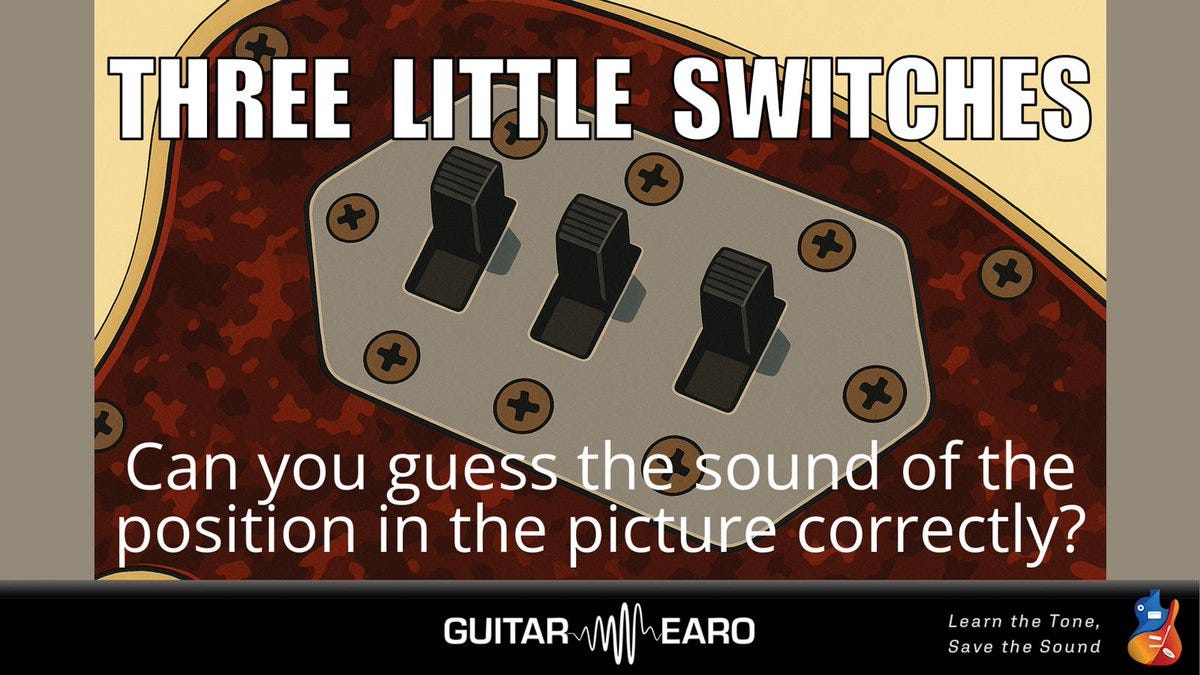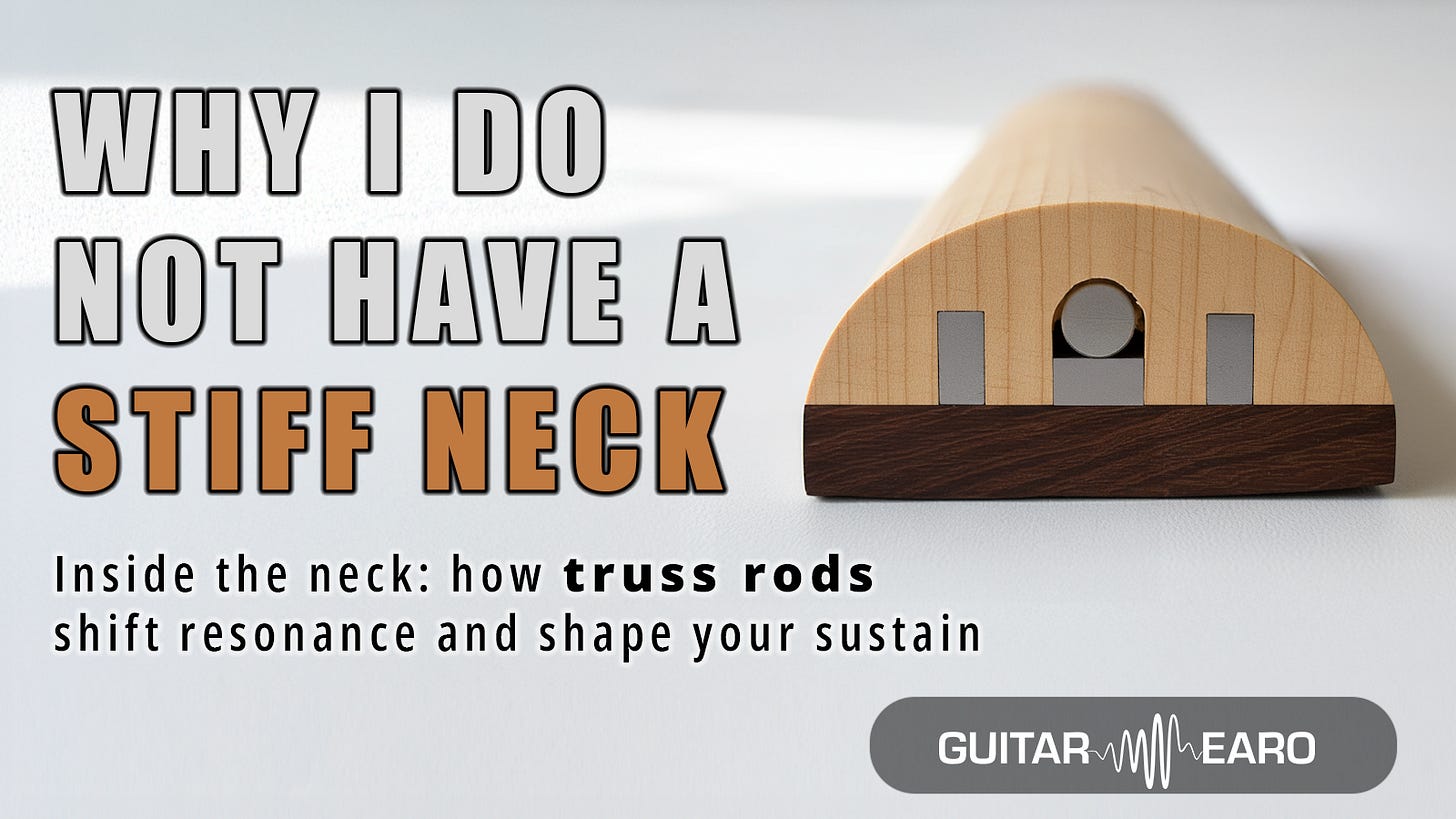At first glance, the Jaguar’s row of three slide switches looks like over-engineering.
To many players, they remain an inscrutable quirk of Fender’s “offset” design.
But those toggles were deliberate choices, born out of Fender’s attempt to serve a very specific audience in 1962.
Understanding them means understanding how Leo Fender thought about control, performance, and genre.
Pickup Switches: Silence by Design
Two of the Jaguar’s switches are simply pickup on/off toggles.
Left switch = neck pickup.
Right switch = bridge pickup.
They are laid out in the same order as the pickups themselves. If you switch both down, the guitar produces no signal at all.
Most assume that was a wiring oversight. It was not.
Leo Fender envisioned working musicians playing loud stages. A silent position was a built-in kill switch, decades before that term became a pedalboard feature. A player could cut signal instantly between songs or during a set, without reaching for the amp.
That detail alone tells you how much Fender prioritised stagecraft and ergonomics.
The “Strangle Switch”: Surf in a Toggle
The third switch is the notorious one: a bass-cut filter that Fender called the “strangle.”
Engage it, and the full tone of the guitar collapses into a thin, nasal, cutting timbre.
On its own, this can sound anemic. But in the early 1960s, it was gold.
Surf music was exploding in California. Players wanted guitars that could jump between lush rhythm chords and slicing, trebly leads. The strangle switch was their fast-track: one flick, and the Jaguar went from depth to razor-edged attack.
It was a design feature tailored to a cultural moment, surf guitarists needed it, and Fender built it for them.
A Divisive Legacy
The Jaguar’s lower control plate has always split opinion.
Surf purists view the strangle switch as essential, the secret ingredient for authentic drip and chop.
Many later players found it superfluous or tone-robbing. Some modern reissues remove it entirely in favour of conventional wiring.
But whether you embrace or bypass it, the Jaguar’s switching scheme shows Fender at its most radical: designing not for the generic guitarist, but for a genre with its own sonic ideals.
The Bigger Picture
The Jaguar launched as Fender’s most expensive model. It was never meant as a beginner’s guitar. Its short 24-inch scale, offset body, complex controls, and distinctive pickups all marked a push into new territory.
In hindsight, those three little switches tell the story.
They embody Fender’s philosophy at the time: maximum control, tailored tone, and features that anticipated live performance needs before players even asked for them.
The kill switch was about stage practicality.
The strangle switch was about surf precision.
Together, they turned quirks into tools.
Why It Matters Today
Guitarists still argue about whether these switches are genius or gimmick. That alone makes them worth revisiting. They remind us that innovation often looks excessive when the intended audience is forgotten.
The Jaguar’s switches were not meant for everyone. They were designed for surf guitarists in 1962 and in that context they were perfect.
One flick and you are transported back to a Southern California dance hall, drenched in spring reverb, where thin, cutting rhythm defined an era.
That is the brilliance of the Jaguar’s lower control plate: not universal design, but a design unapologetically of its time.



